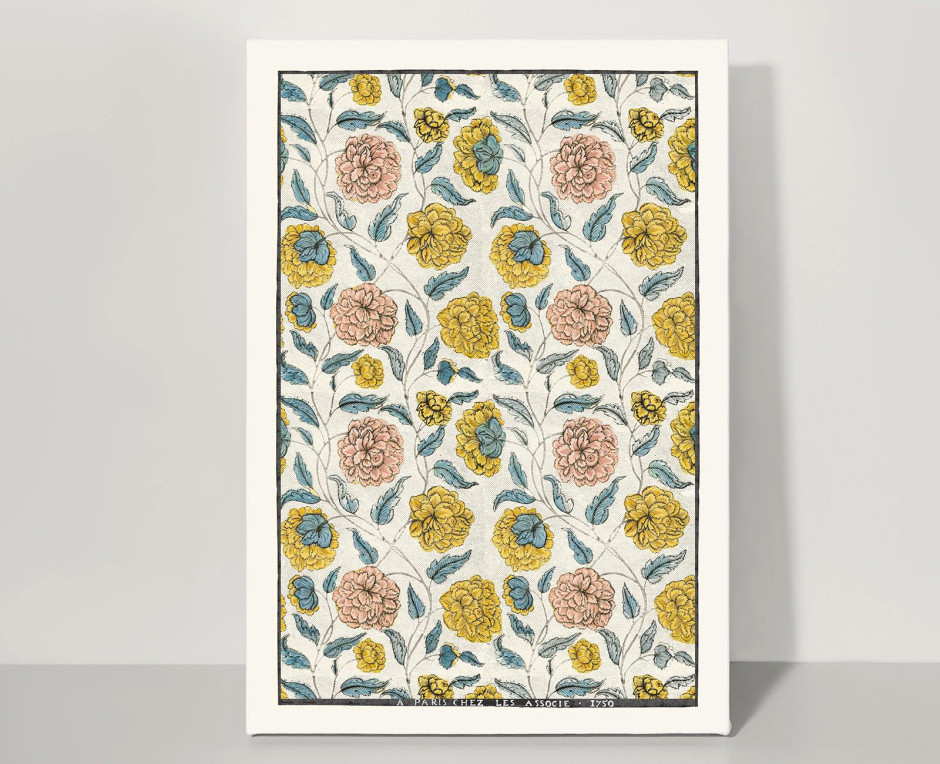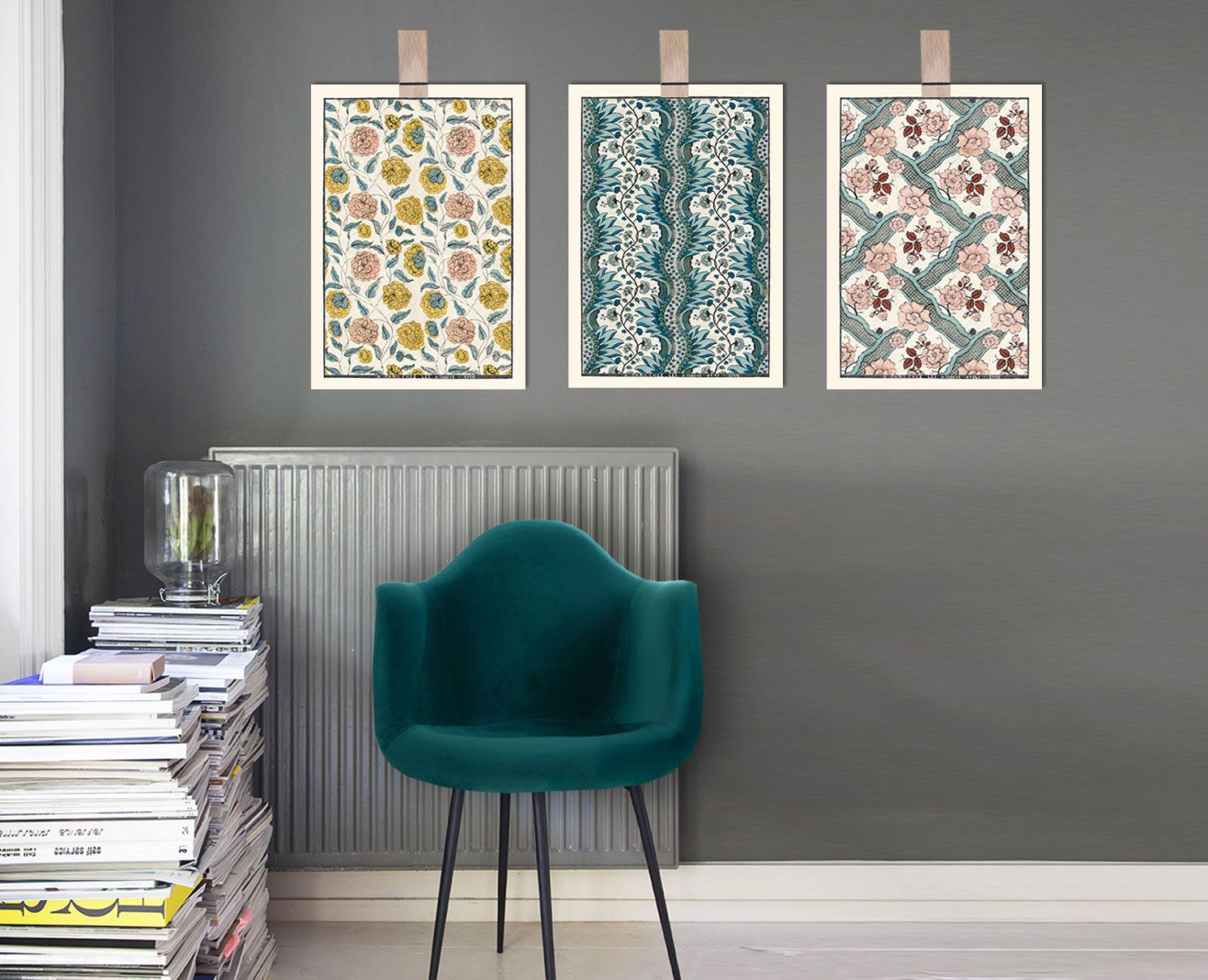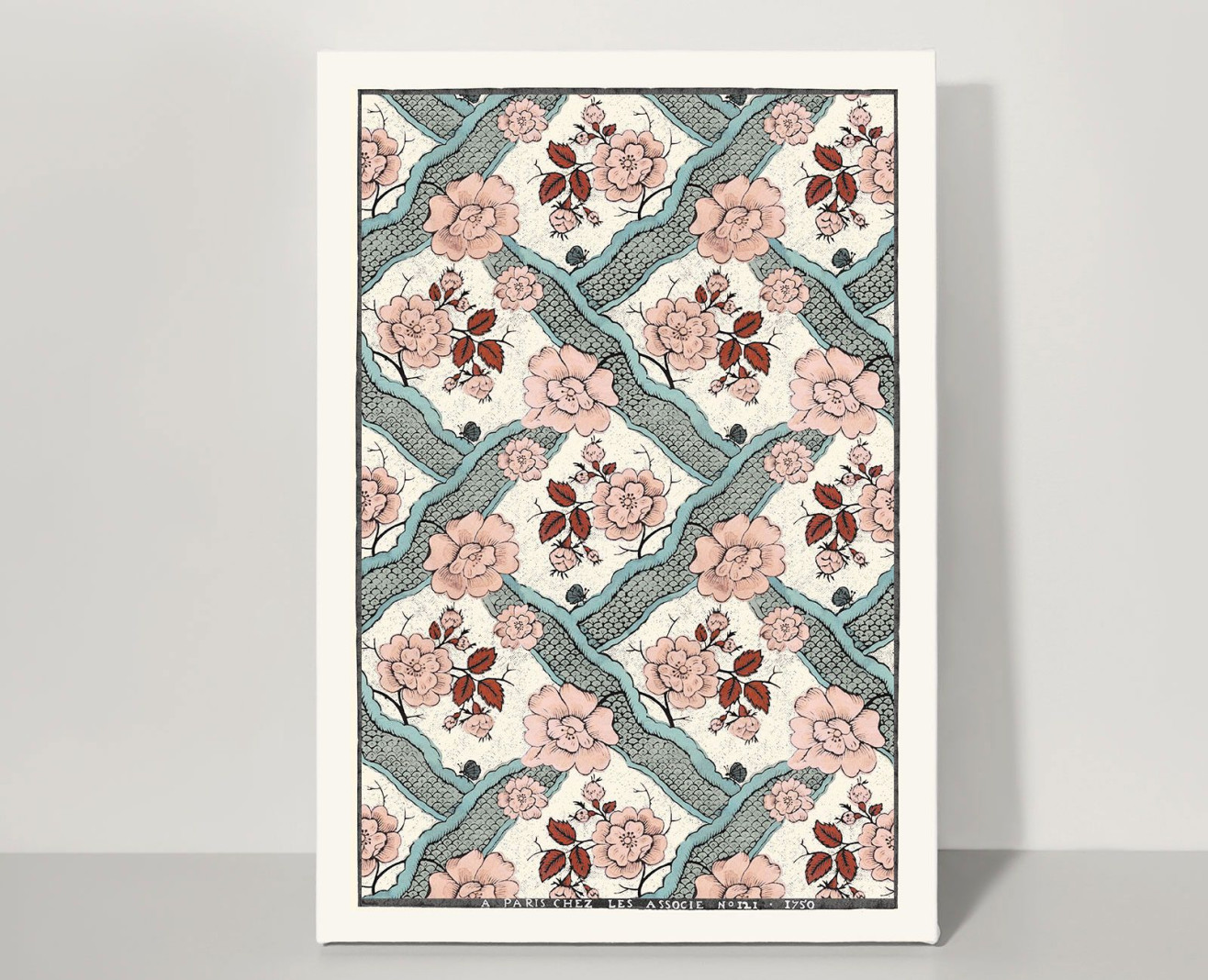No products
You still have to place an order for additional boards
(boards are only sold by 3)
Domino board Poppy A3 . 1750
Unknown workshop
12,00 €
DESCRIPTION
Produced in the second half of the 18th century, this domino board produced by an anonymous manufacturer (or by "Les Associé(s)?) probably located in Orléans, represents foliage and poppies. Originally, the black patterns were printed with an engraved woodboard and the colors applied with a stencil.
To give life and modernity to this beautiful domino paper from the mid-18th century, our workshop carried out a meticulous digital restoration.
Patterns are printed on light ivory, 300g (stiff) vellum paper, A3 format. The boards are presented in a sumptuous cardboard envelope decorated with patterns.
Collection of Musée des Arts Décoratifs de Paris
Photographic credit: Les Arts Décoratifs/ Jean Tholance
In the document accompanying this domino paper one can read "anonymous manufacturer in Orléans?". The style and graphic repertoire used suggest that the paper may be from the workshop "Les Associé(s)". The workshop was installed rue Saint-Jacques in Paris and active from 1758 to 1778, but was it really Parisian? Or was it rather a group of domino manufacturers from Orleans who found a trick to escape Parisian taxes and sell their goods more easily in the capital?
1750
This domino paper belonged to Baroness de Barollet, the great-great-granddaughter of Jean Zuber, founder of the Zuber manufacture. She is not the direct donor of the object, as it was bought on a public sale. This paper was meant to cover a secretary's screen. On the front can be found a domino decorated with poppies and, on the back, a hand-painted Chinese wallpaper, also dating from the 18th century.
Preserved at the Musée des Arts Décoratifs in Paris, this domino paper is described in its accompanying document as a "fireplace screen with domino decorated with poppies on the front and Chinese paper on the back". As was customary in the 18th century, fireplace screens made of wood were very often covered with a decoration in their center (tapestry, wallpaper or domino paper). Here, for instance, is the fireplace screen from Marie-Antoinette's bathroom at the Château de Saint-Cloud, dated 1788.













